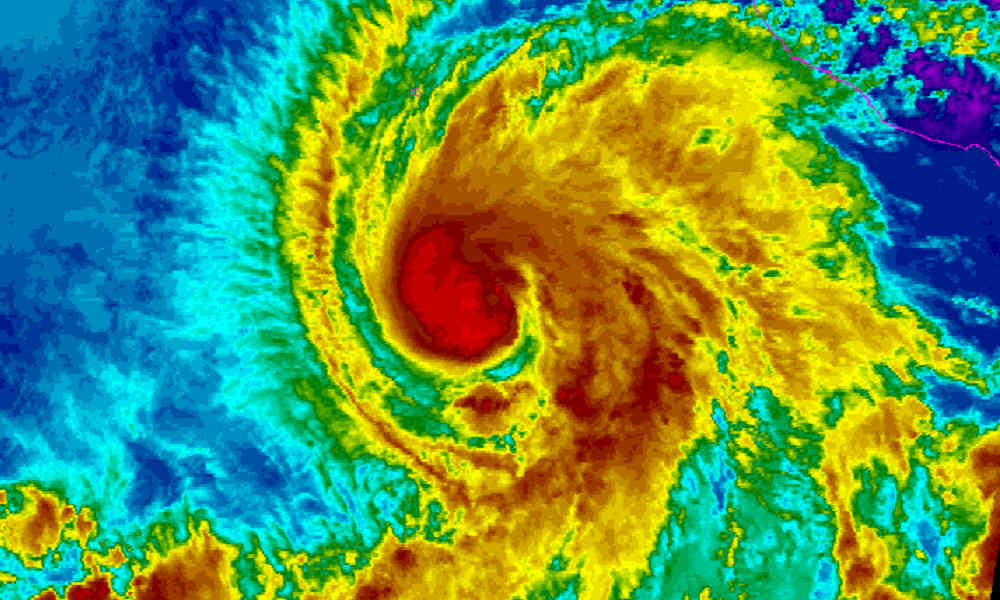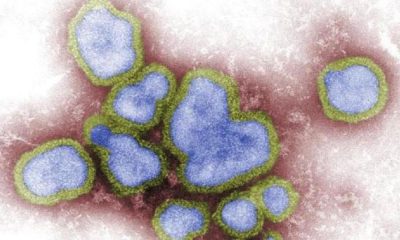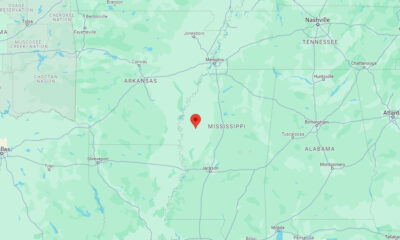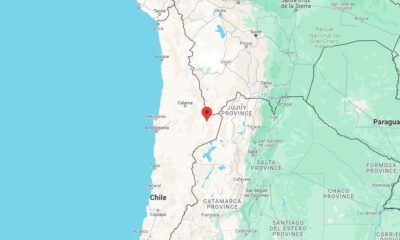World
Aletta rapidly strengthens into a Category 4 hurricane

Hurricane Aletta rapidly intensified on Friday morning, becoming a major category four hurricane as it moved further away from Mexico’s Pacific coast, forecasters said. There is no threat to land.
David Zelinsky, a forecaster at the U.S. National Hurricane Center (NHC), said Aletta’s maximum sustained winds have increased to 220 kilometers (140 miles) per hour. Some additional strengthening is possible through Saturday.
As of 9 a.m. MT on Friday, the center of Aletta was located about 815 kilometers (505 miles) southwest of Manzanillo in Mexico. The hurricane is moving towards the west at a speed of 7 kilometers (5 miles) per hour, which will keep it well away from any land.
Aletta, which became a hurricane on Thursday afternoon, rapidly intensified in less than 24 hours. Zelinsky said there was no obvious reason for Aletta to stop gaining strength through Saturday, but he added that weather models indicate that the hurricane is likely to have reached its peak.
Aletta is expected to weaken steadily when it encounters moderate shear on Saturday, which will lead to rapid weakening on Sunday or Monday. The system will likely dissipate on Wednesday morning, according to the official forecast.
Meanwhile, forecasters are also keeping an eye on a broad area of low pressure a few hundred kilometers (miles) southwest of Guatemala. A tropical depression is expected to form over the weekend as it moves westward off the coast of southern Mexico.
With the formation of Aletta, the hurricane season in the Eastern Pacific basin is off to an early start. The average day for the first hurricane to form in the Eastern Pacific is June 26, although hurricanes are not unheard of before that date.
According to figures released in May, NOAA’s Climate Prediction Center is expecting a near-normal or above-normal season in the Eastern Pacific basin. The outlook calls for 14 to 20 named storms, including 7 to 12 hurricanes, of which 3 to 7 become major hurricanes (category 3 or higher).
An average Eastern Pacific hurricane season produces 15 to 16 named storms, with eight to nine becoming hurricanes and four becoming major hurricanes. The Eastern Pacific hurricane season runs from May 15 through November 30, with peak activity from July through September.

-

 World1 day ago
World1 day agoU.S. and China report 3 more human cases of bird flu, UN calls for urgent action
-

 Legal1 week ago
Legal1 week agoMan arrested with AK-47 near Republican convention in Milwaukee
-

 Politics7 days ago
Politics7 days agoU.S. Rep. Sheila Jackson Lee dead at 74
-

 Legal7 days ago
Legal7 days agoFlorida man arrested for threatening to kill Trump and Vance
-

 Legal5 days ago
Legal5 days agoAt least 19 people shot, 3 killed, outside Mississippi nightclub
-

 World1 week ago
World1 week ago7.4-magnitude earthquake hits northern Chile
-

 World1 week ago
World1 week agoCyanide found on tea cups after 6 people die at Bangkok hotel
-

 Legal7 days ago
Legal7 days agoTexas Amber Alert: 2 children last seen in Bastrop County



